A rare dress belonging to a Skye crofter’s daughter is the eye-catching centrepiece of a new exhibition in Winchester.
The dress, decorated with the iridescent wing cases of jewel beetles (buprestidae), is one of only 20 similar dresses known to be in collections worldwide.
It belonged to Barbara Morrison who, from being a farm servant in Skye aged 18, married well enough to afford a much-coveted beetle-wing dress in India in the late 1860s.
The stunning dress is now in the collection of the West Highland Museum in Fort William, but has been loaned to the Royal Green Jackets (Rifles) Museum for the summer, to be part of their exhibition featuring regimental wives.
At the time she wore the beetle-wing dress, Barbara’s husband was William FitzHenry, serving with the 3rd Battalion, 60th Rifles.
He was quartermaster of the battalion when it was posted to India in 1867, and he, Barbara and their newborn sixth child set off for Madras.
Volunteer researcher at the Rifles Museum, Blair Southerden, says Barbara would have worn the dress, made in light muslin to cope with the climate, as formal evening wear or perhaps as a ball-gown for an important social function.
It speaks of her status, and was probably something she could never have imagined growing up in the Evanton before moving to work on a farm in Skye as a teenager.
Her father was from Skye and had worked as a gardener at Armadale Castle.
There she might have stayed in obscurity and poverty, had she not decided to become a dressmaker and move to Glasgow.
Here she met her first husband, Charles le Sauteur, an inn-keeper from Jersey.
She followed him to Jersey, and the couple had two daughters, only one of whom survived.
Upon Charles’ death in 1856, Barbara married Colour Sergeant William FitzHenry of the 60th Rifles, and her fortunes transformed.
They moved to Winchester to take up residence in the grand officers’ residence, and went on to have five children in six years, losing three in infancy.
They were posted in India from 1867 to 1871, did a year-long tour in Aden and returned to England in December 1872.
William retired shortly afterwards, and Barbara died in 1877, aged 49.
She lies in West Hill cemetery, Winchester.
Her dress made its way down the family to Barbara’s great-granddaughter Tanya Stewart-Davies who donated it to the West Highland Museum.
Textile historian Jo Watson was inspired to research the beetle-wing dress and its owner when she saw it in the Fort William museum.
She has concluded the dress was made around 1868-9 due to the style of bodice and skirt.
She said: “The style of the zardozi (metal) embroidery on the dress also hints that it was most likely made in Madras; the way the silk threads are wrapped with silver wire is something that was quite particular to the Madras area at the time.”
There are no records of what the dress would have cost, or who made it, but as Barbara at this point had a retinue of ten servants and was considered a ‘lady’, it’s not likely she would have made it herself despite her own dress making skills, Jo says.
“Zardosi embroiderers were men and children working in sweatshop conditions,” she added.
Read more of Barbara’s story here:
Beetle-wing dress: How humble Skye girl Barbara Morrison flew high with stunning gown
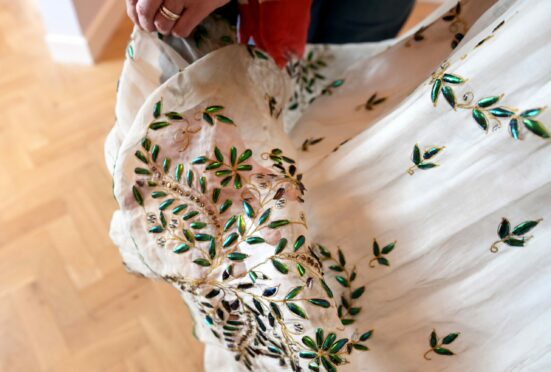
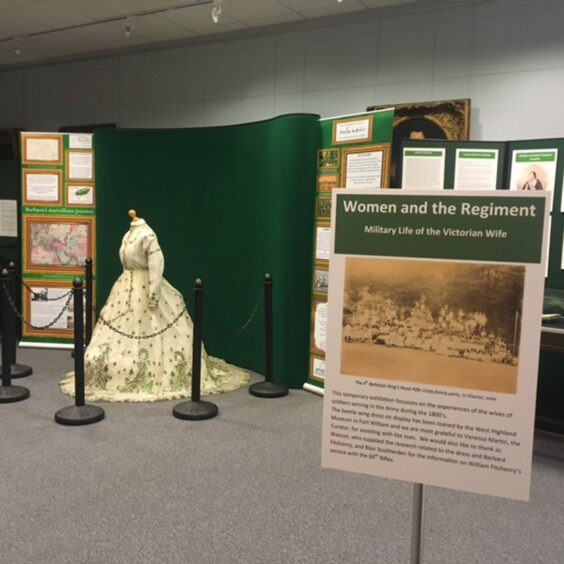
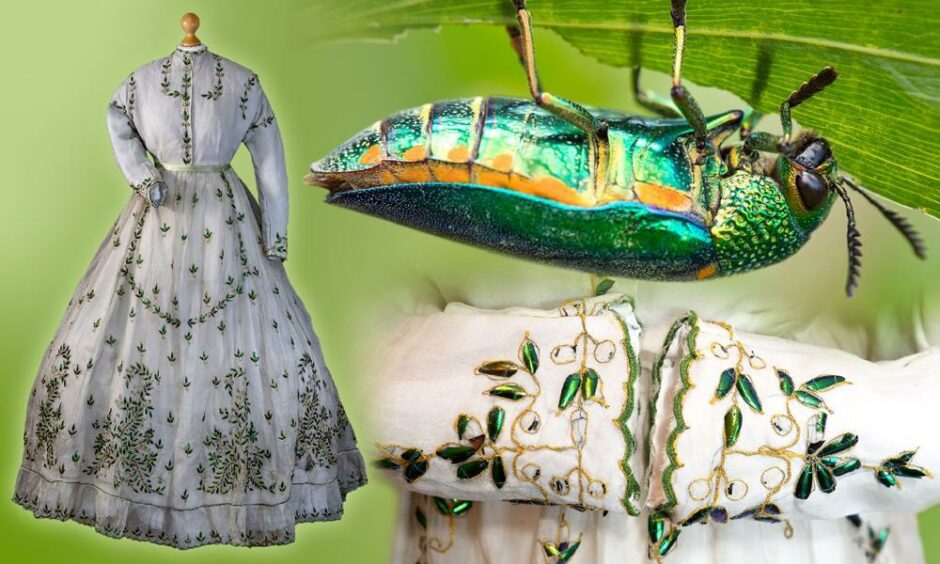
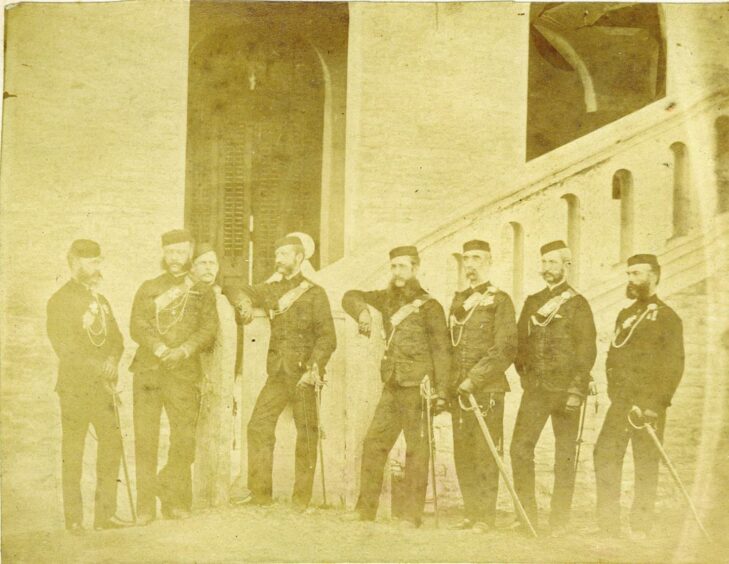
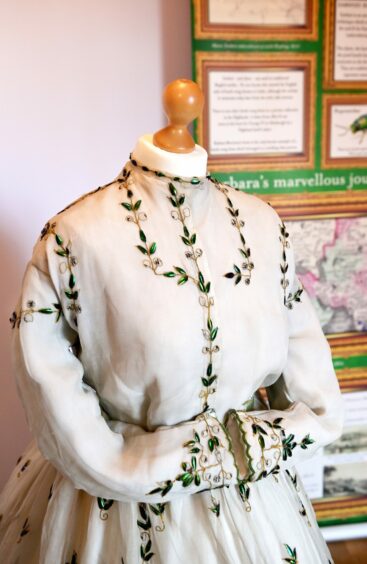










Conversation